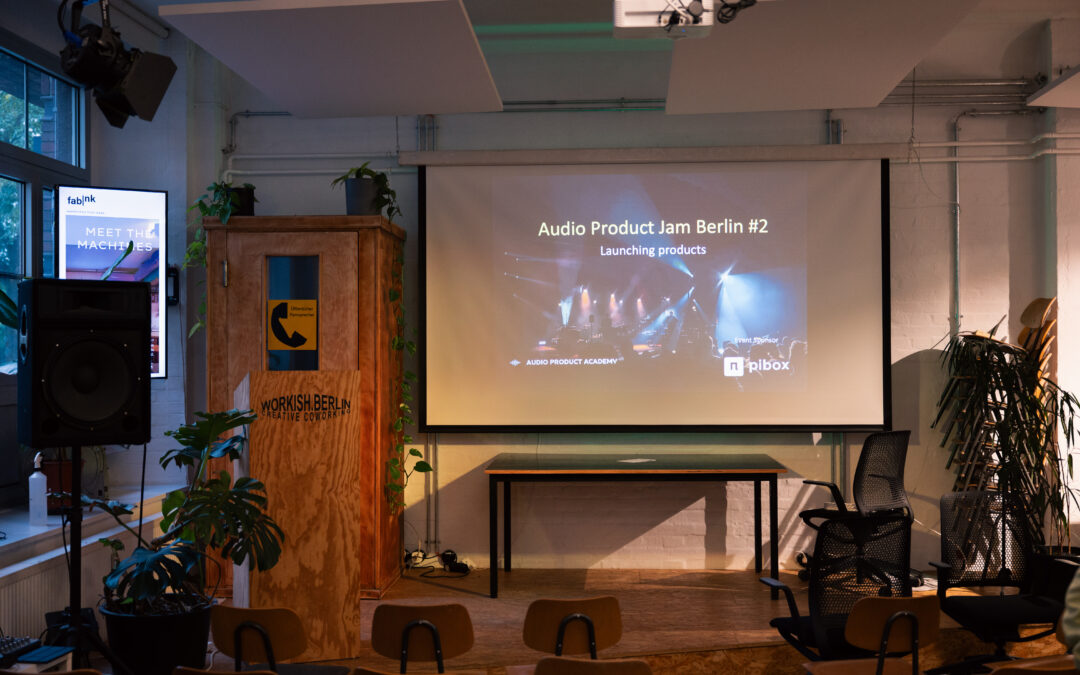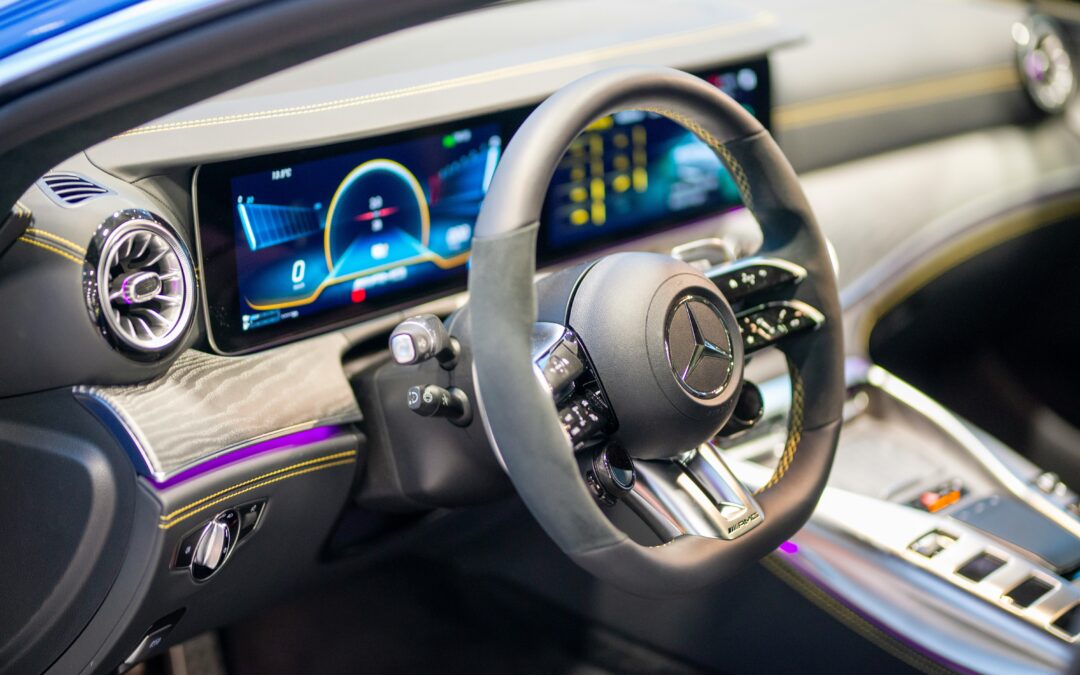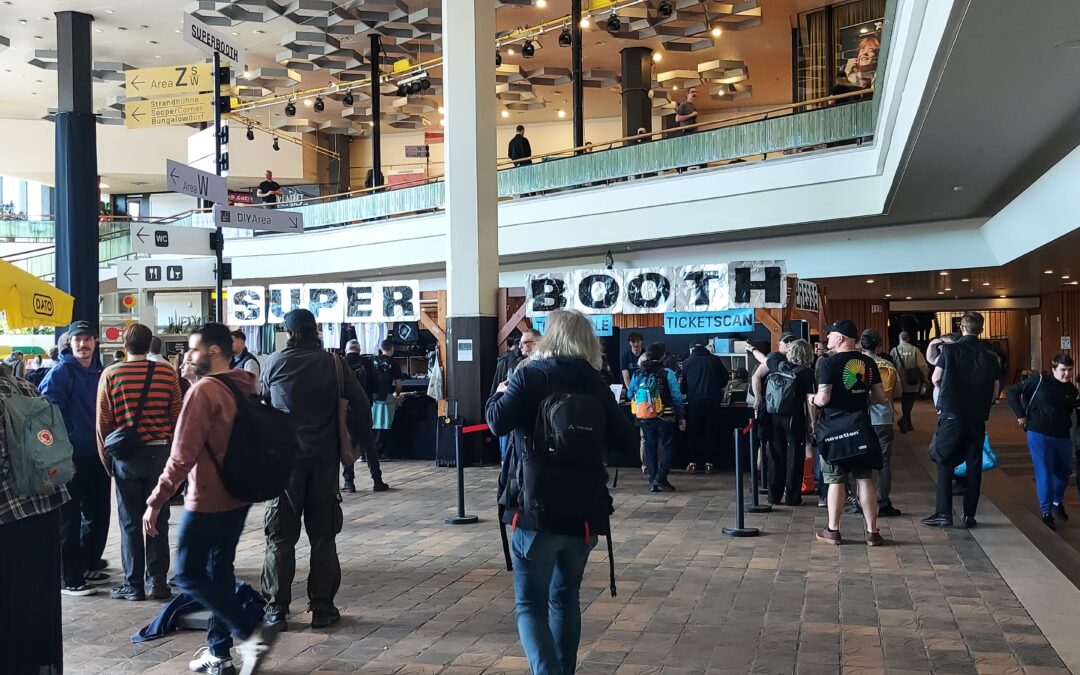Knowledge HUB
Beacuse we belive that sharing the knowledge is the best way to innovate
Future Music Production Workflows
There has been a lot of chatter and notions of a Future Music Production Workflow – one that will radically shift the current industry stigma. Some speak of new distribution mechanisms, collaboration-first DAWs, workflow automation, and more. All of these discussions and deliberations are very exciting and even inspiring, especially for the newcomers in the space, who feel they can make a real impact and improve a relatively stagnant, traditional industry.
All of that being said, everyone in the space, including newcomers, has learned one way or another that real change moves slowly. The streaming giants won’t be replaced overnight with an entirely “innovative” blockchain substitute that favors artist royalties above all else. The major labels won’t suddenly surrender to alternative rights-management solutions along these lines either. However, real changes are happening right under our feet, which are drastically shifting the way creators and the recording side of the industry are working.
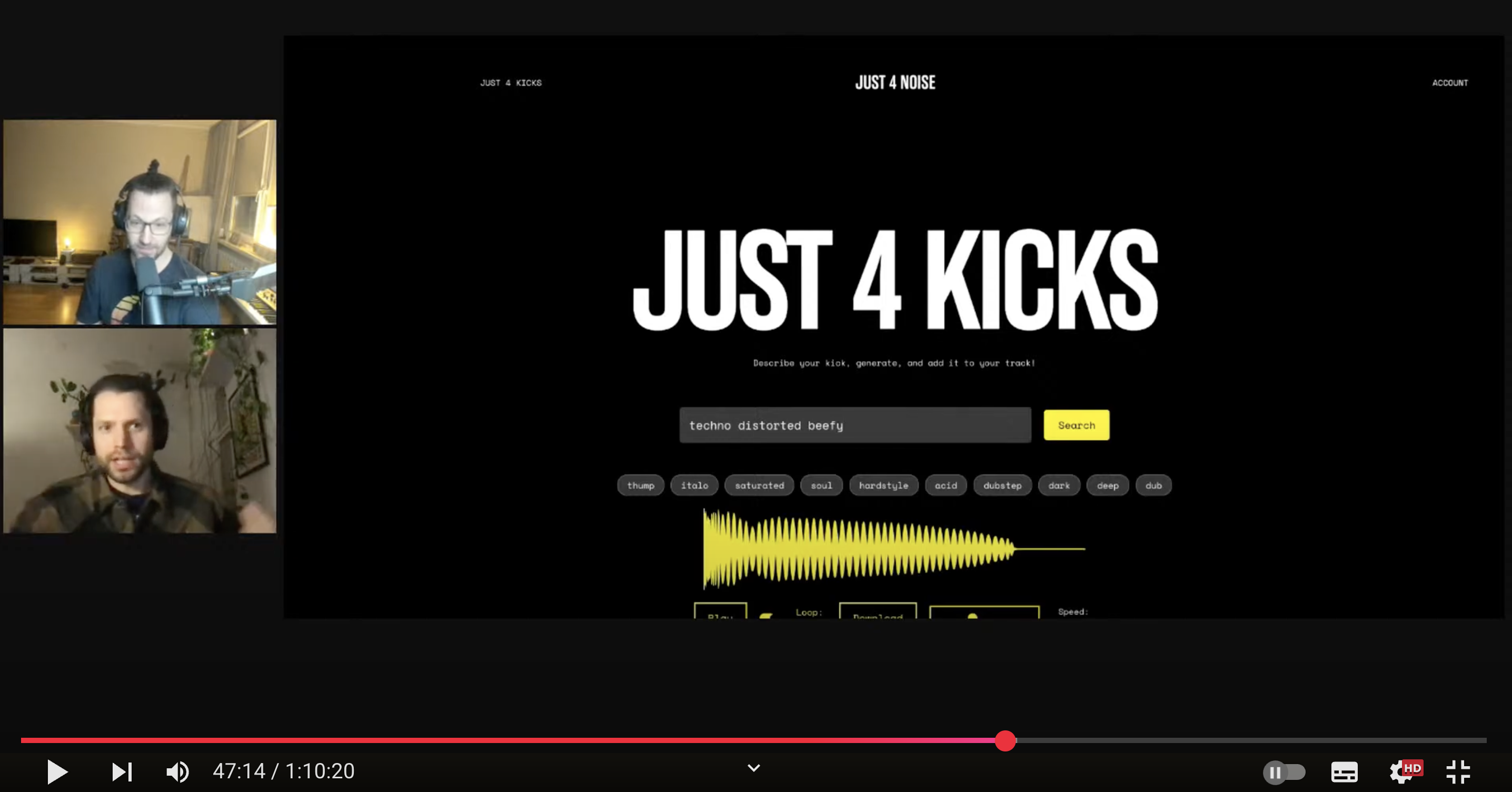
Pic 1 – Max is showing Just 4 Noice (pic from our podcast)
Technology is rapidly reshaping the music industry in many ways, and I’m not just referring to AI. As a matter of fact, some of the greatest innovations in the recording, publishing, and experience side over the past 5 years have come from products that have no machine learning component whatsoever, i.e. – spatial audio improvements, direct to fan monetization apps, real-time streaming/collaboration tools, hybrid and virtual immersive performance, etc. Simultaneously, there are indeed some organizations finding new ways to automate and, in some parts, replace the creative process. We all have seen what the future holds in this realm, but many other players have entered the market over the past few years, aiming to streamline and simplify tedious pieces of the end-to-end production process. At Just 4 Noise, we believe AI and other tech are best used as a tool to eliminate roadblocks—whether it’s instantly generating high-quality samples, automating complex sound design tasks, or making professional-grade audio more accessible to those without years of experience. Instead of forcing artists into rigid AI-generated outputs, the real power lies in technology that enhances and speeds up existing creative workflows.
For producers, this means less time spent digging through endless sample libraries or tweaking a single kick drum for hours, and more time focused on composition and expression. For audio developers, this can include refining sound design, improving mixing and mastering, and even assisting in the creation of new instruments and effects. The goal of these tools isn’t to replace human intuition but to amplify it, allowing producers of all levels to achieve polished, professional results with less friction.
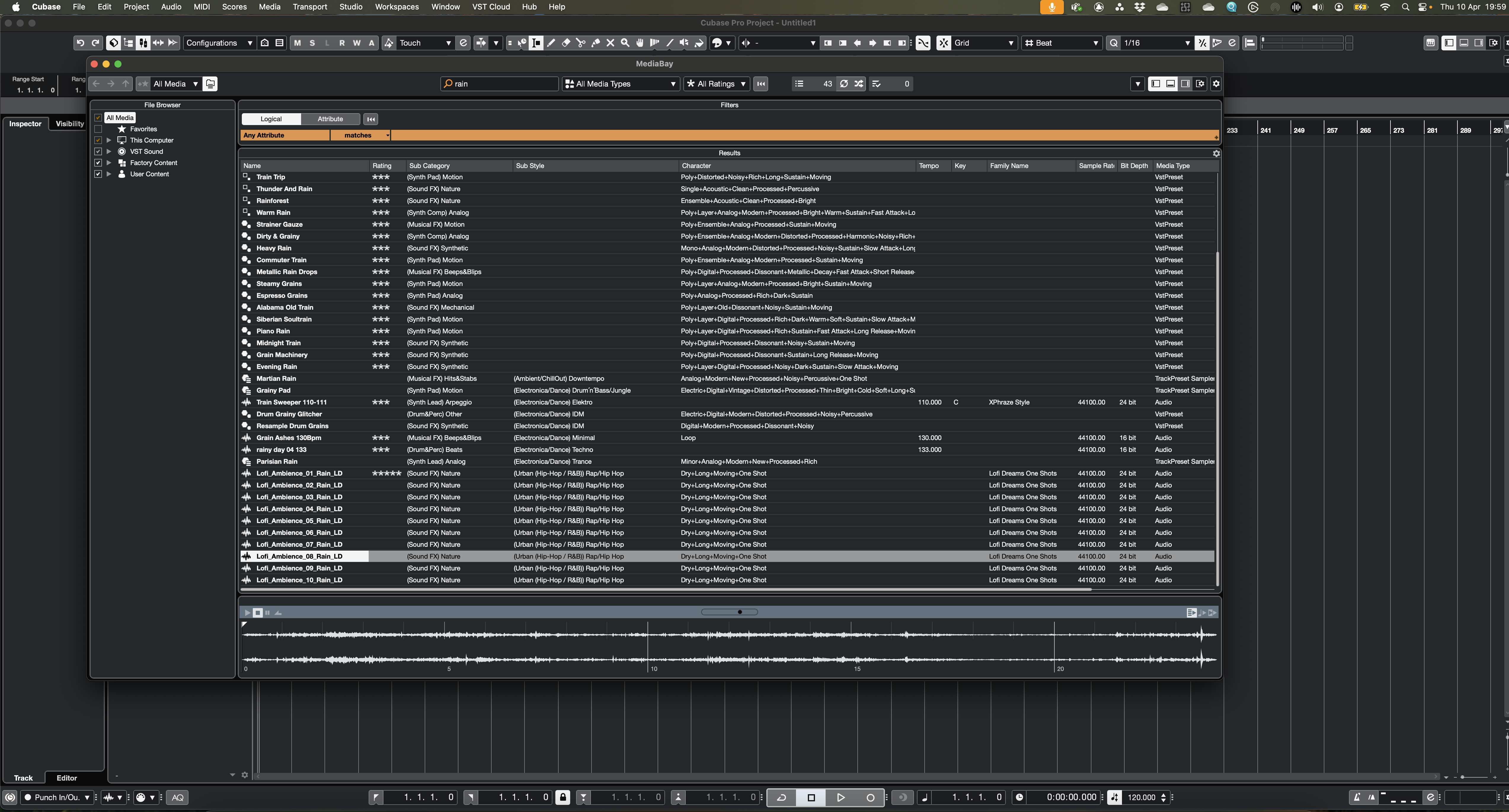
Pic 2 – Researching Cubase Media Bay can take hours (by Wojtek Ozimek)
However, not all AI-driven music tools are created with this goal in mind. There’s a growing divide between those building technology with real utility and those riding the wave without a clear function. Many companies will struggle to survive if they fail to prove their tools genuinely improve the creative process. The future belongs to technology that solves real problems—helping audio creatives move faster, sound better, and stay in the creative flow without unnecessary complexity.

Pic 3 – Just 4 Noice’s first few pieces of training data – live recordings trimmed in Bitwig.
We are approaching the peak of the AI hype cycle and will soon be able to easily distinguish which products/services supply real value to the future of music production workflows. I personally look forward to this day. From that point on, we can focus on improving our work, allowing technology to fuel our creativity from the passenger seat.
If this topic is of interest to you and you want to chat about it, my DMs are always open! Feel free to reach out.
– Max (max@just-noise.com)
Related articles
